Best Unique Social Media App Ideas in 2024
Social media is a powerful and dynamic force that connects billions of people around the world. It has transformed the way we communicate, share, learn, and entertain ourselves. But social media is not static. It is constantly evolving and adapting to new trends, technologies, and user preferences.
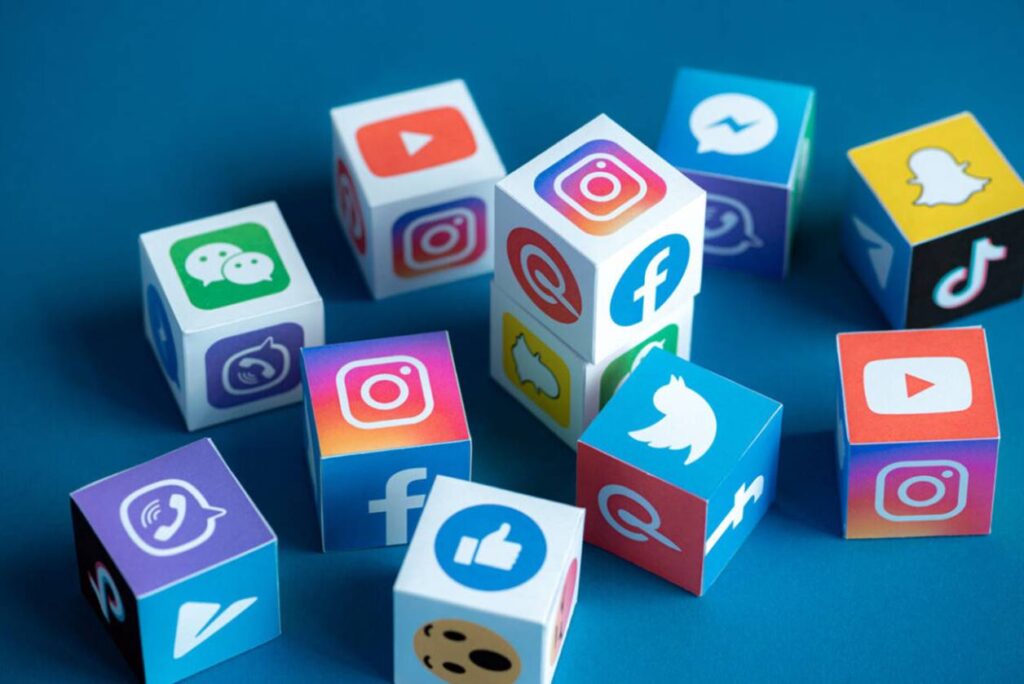
Considering the numerous social media platforms in current use, we decided to create an infographic. This visual aid simplifies the key features of the top social platforms, highlighting their respective benefits and suggesting optimal ways of using them. Explore the social media comparison infographic to discover how to effectively make use of each platform.
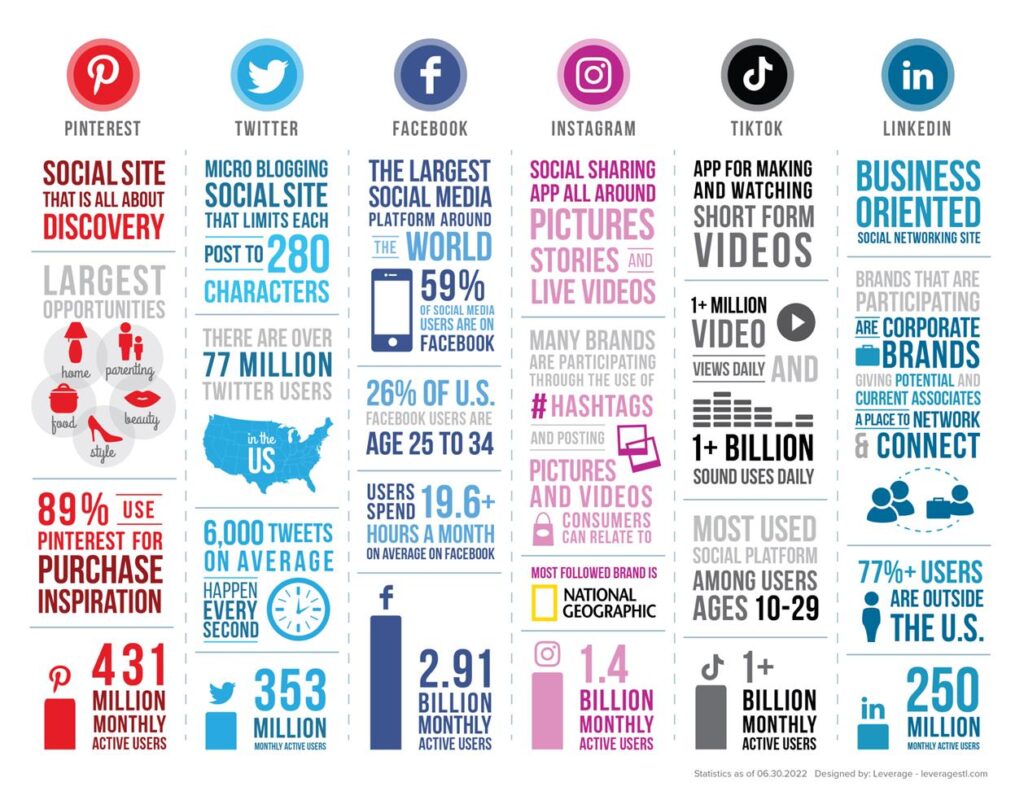
In an era marked by diverse user preferences and the ever-expanding capabilities of technology, the social media app scene has witnessed a surge of inventive ideas that offer fresh, exciting experiences.
In this article, we will explore some of the best unique social media app ideas in 2024 that will challenge the status quo and offer new and exciting experiences to users. Whether it’s multi-sensory media, virtual influencers, niche communities, or employee advocacy, these app ideas will leverage the latest social media trends and innovations to create value for users and brands alike.
Whether you are an entrepreneur looking to launch a new social media app or a marketer looking to stay ahead of the curve, this article is for you. Read on to discover how you can tap into the future of social media with these new social media app ideas.
Social Media Trends in 2024

Social media trends reflect the users’ preferences, behaviors, and interests, as well as the technological developments and market opportunities of the platforms. Some of the social media trends that are popular in 2024 are:
- User-generated content and micro-influencer marketing are becoming mainstream. As consumers seek more authentic and trustworthy sources of information, brands leverage the power of their loyal fans and niche influencers to create and share engaging content that showcases their products or services. User-generated content and micro-influencer marketing can help brands increase their reach, engagement, conversions, and loyalty.
- The domination of short-form video content. Video is the most popular and effective form of social media content, and short-form video is especially appealing to the younger generation. TikTok, the leading platform for short-form video, continues growing its user base and influence in 2024, as well as introducing new features and monetization opportunities for creators and brands. Other platforms like Instagram, YouTube, and Facebook also compete for the short-form video market with their products like Reels, Shorts, and Stories.
- The rise of AI and machine learning. AI and machine learning are being used to improve social media platforms in a number of ways, such as recommending content, moderating comments, and detecting spam. Some media, for example, WhatsApp, introduce creating new stickers in real with AI. As these technologies continue to develop, we can expect to see even more innovative ways to use them on social media.
- Turning attention to social audio. Social audio is a new form of social media that uses voice chat as the main way of communication. It allows users to join live conversations on various topics with other users or experts. Clubhouse, the pioneer of social audio, gained a lot of attention in 2020 and 2021 and inspired other platforms like Twitter, Facebook, Spotify, LinkedIn, and Reddit to launch their social audio products. In 2024, brands embrace social audio to connect with their audiences, share their expertise, build communities, and generate leads.
- Niche and Interest-Based Platforms: As users seek more personalized and meaningful connections, niche social media platforms catering to specific interests, hobbies, and communities are gaining traction. These platforms facilitate deep engagement and networking among like-minded individuals.
According to Statista, a global data company, the most popular social media apps count billions of users:
| Platform | Number of users (millions) | Revenue (USD billion) | Date of launch | Headquarters |
| 2.99 billion | 291.6 | February 4, 2004 | Menlo Park, California, USA | |
| 2.7 billion | 58.3 | February 24, 2009 | Mountain View, California, USA | |
| YouTube | 2.68 billion | 28.8 | February 14, 2005 | San Bruno, California, USA |
| 2.07 billion | 29.4 | October 6, 2010 | Menlo Park, California, USA | |
| TikTok | 1.9 billion | 28.8 | September 20, 2016 | Beijing, China |
| 397 million | 5.1 | March 21, 2006 | San Francisco, California, USA | |
| Snapchat | 750 million | 4.6 | September 12, 2011 | Los Angeles, California, USA |
| Telegram | 700 million | 1.3 | August 14, 2013 | Dubai, United Arab Emirates |
| Kuaishou | 654 million | 12.8 | March 3, 2011 | Beijing, China |
| Douyin | 730 million | 34.1 | September 9, 2016 | Beijing, China |
These numbers show that social media is a powerful tool that can be used to connect with people all over the world. Businesses and creators can use social media to reach their target audiences, build relationships, and grow their businesses.
Types of Social Media Apps
There are many types of social media apps that people use for different purposes. Here are some examples of the most popular ones.
Social Networks

These apps allow users to interact, exchange information, and build connections with other people who share similar interests, backgrounds, or goals. They can help users stay connected with their existing contacts, discover new people and opportunities, learn new things, express themselves, and have fun. Examples of social network apps are Facebook, LinkedIn, and Twitter.
The target audience for these apps varies depending on the niche and purpose of the network. For example, Facebook is aimed at general users who want to stay in touch with their friends and family, LinkedIn is aimed at professionals who want to network and advance their careers, and Twitter is aimed at users who want to follow the latest news and trends.
Basic features: creating profiles, posting text, photos, videos, and links, commenting, and reacting to other users’ posts, sharing and resharing content, messaging and chatting with other users, joining groups and communities, and following or befriending other users.
Messaging Apps

These apps allow users to send and receive text and voice messages, video calls, and other media with other users who have the same app. They can help users stay in touch with their loved ones anywhere in the world, enjoy free and high-quality communication services, express themselves with various media options, and protect their conversations from prying eyes. Examples of messaging apps are WhatsApp, Telegram, Viber, Signal, and Messenger.
The target audience for these apps is mostly people who want to communicate with their friends, family, or co-workers across devices and platforms.
Basic features: adding contacts, creating groups and channels, sending or receiving text messages, voice messages, video calls, stickers, GIFs, and other media, encrypting messages for privacy and security, and syncing messages across devices.
Content Sharing Apps
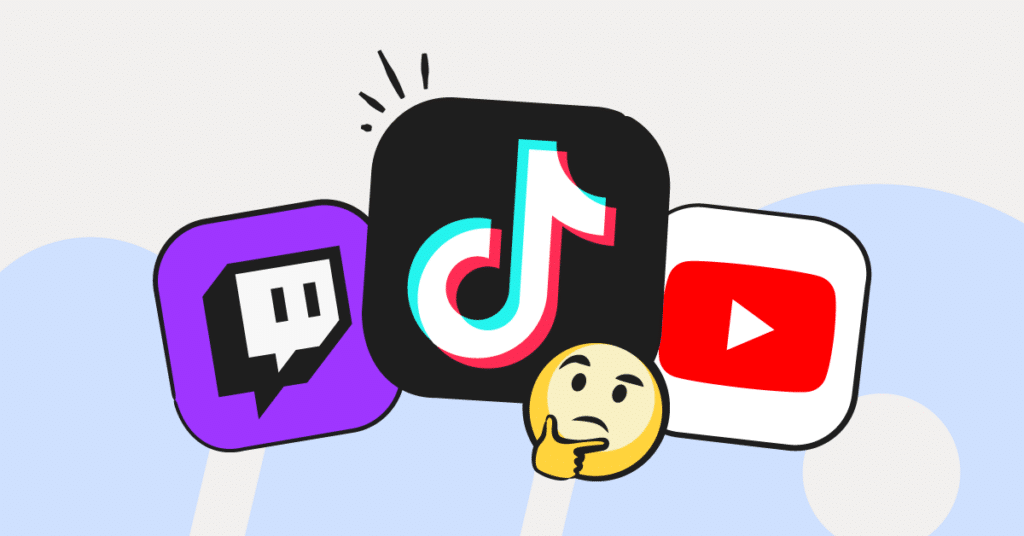
These apps allow users to upload and share photos or videos with other users who can view, like, comment on, or save them. They can help users showcase their talents, hobbies, or passions, discover new content and creators, learn new skills or information, communicate with their friends or fans, and have fun. Examples of content-sharing apps are Instagram, TikTok, Snapchat, and YouTube.
The target audience for these apps is mostly young people who enjoy exploring visual media and expressing their creativity.
Basic features: capturing or uploading photos or videos, applying filters or effects, adding captions or stickers, editing or cropping media, creating stories or reels (short-form videos), following or subscribing to other users or channels, exploring or searching for media by hashtags or categories, sending or receiving direct messages or snaps (self-destructing messages), and watching live streams or broadcasts.
Social News Apps

These apps allow users to submit, vote on, comment on, or share news stories or other web content with other users who can view them by popularity or relevance. They can help users find interesting or useful content from various sources, participate in lively or informative discussions with other users, learn new things from experts or peers, express their opinions or perspectives, and have fun. Examples of social news apps are Reddit, Hacker News, and Quora.
The target audience for these apps is mostly people who are interested in specific topics or communities and want to engage in discussions or debates with other like-minded users.
Basic features: submitting links or text posts to subreddits (topic-based forums), upvoting or downvoting posts or comments based on their quality or relevance, commenting on posts or answering questions, sharing posts with other platforms or users, following or joining subreddits or spaces (user-created communities), browsing or searching for posts by hot (trending), new (recent), top (highest-rated), controversial (most-debated), or best (most-rewarded) categories.
Blogging Apps
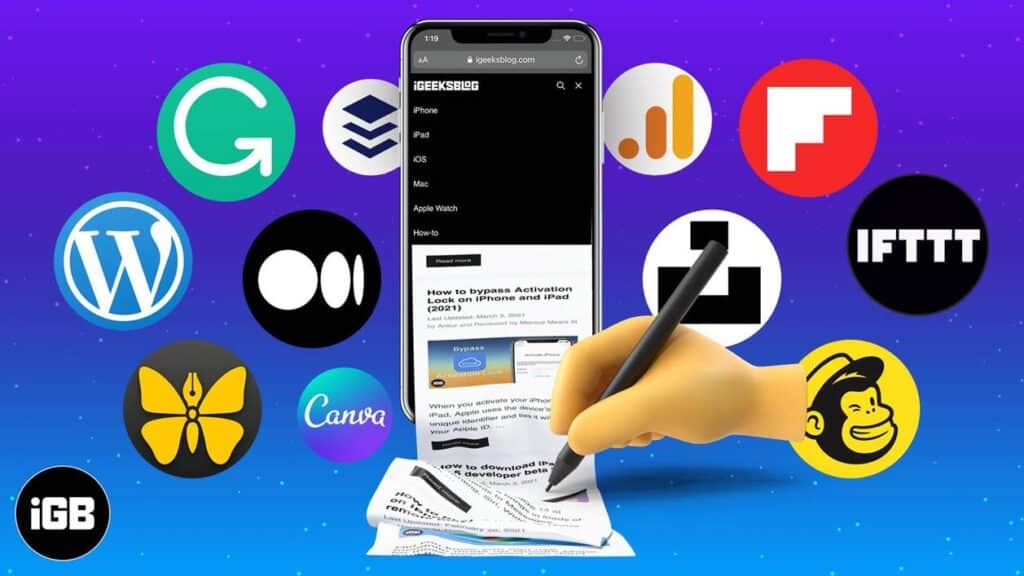
These apps allow users to create and publish online content, such as articles, stories, reviews, or personal journals. Users can also follow, comment on, or share other users’ blogs. They can help users express their ideas or opinions, showcase their expertise or portfolio, build their brand or audience, earn income or recognition, and learn new things from other bloggers. Examples of blogging apps are Medium, WordPress, and Blogger.
The target audience for these apps is mostly people who enjoy writing or reading long-form content on various topics or niches.
Basic features: creating or editing posts, adding images or videos, choosing themes or layouts, customizing domains or URLs, monetizing content, and analyzing traffic or engagement.
Gaming Apps
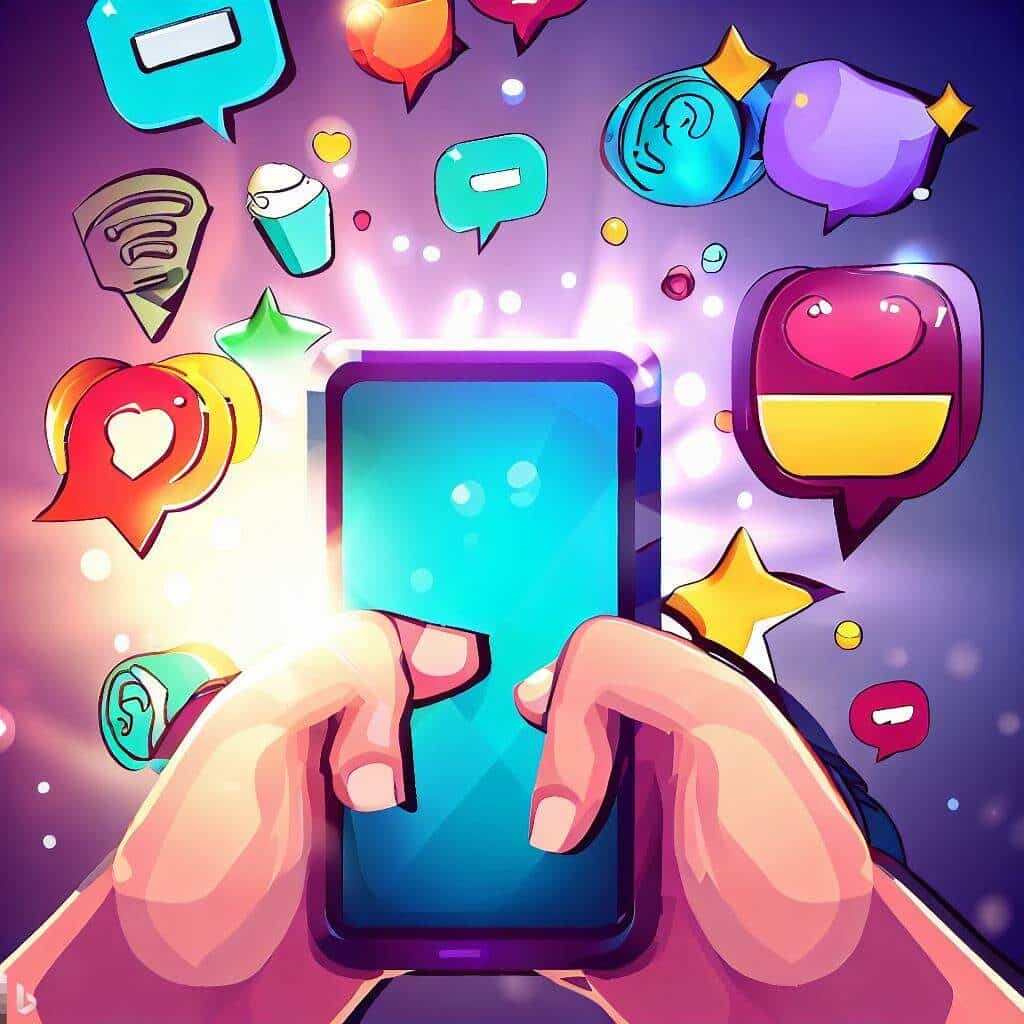
These apps allow users to play online games, either solo or with other players. Users can also chat, voice call, stream, or watch other gamers. They can help users have fun, relax, socialize, improve their skills or strategies, and participate in tournaments or events. Examples of gaming apps are Discord, Twitch, and Steam.
The target audience for these apps is mostly people who enjoy gaming as a hobby or a profession.
Basic features: downloading or launching games, joining or creating servers or rooms, inviting or adding friends or teammates, communicating or coordinating with other players, watching or broadcasting live gameplay, and earning or spending virtual currency or rewards.
Dating Apps
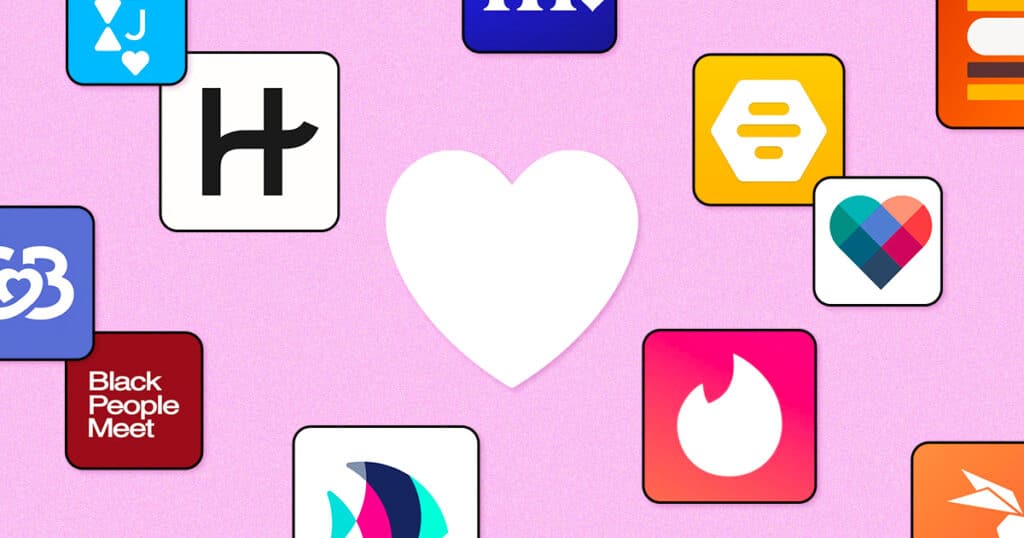
These apps allow users to find potential romantic partners based on their preferences, location, or compatibility. Users can also chat, flirt, video call, or meet other users. They can help users find compatible partners, expand their social circle, explore their sexuality or identity, have fun and excitement, and potentially find a date or even a true love. Examples of dating apps are Tinder, Bumble, and Hinge.
The target audience for these apps is mostly people who are looking for love, friendship, or casual relationships.
Basic features: creating profiles, uploading photos or videos, swiping left (reject) or right (like) on other users’ profiles, matching with other users who mutually like each other’s profiles, messaging or calling other users who match with each other’s profiles, and arranging dates or meetups with other users who agree to meet each other’s profiles.
Every type of social media app caters to a unique set of needs and preferences. While they offer incredible opportunities for connection, creativity, and engagement, it’s essential to use them mindfully and strike a balance between the digital and real worlds.
Social Media App Ideas 2024

Social media apps are constantly evolving to meet the needs and preferences of their users. In 2024, we can expect to see some new trends and features that will shape the future of social media. Here are some social media app ideas for 2024 that you might want to consider if you are planning to launch or update your app.
- Virtual Reality Social Hub: Create a virtual world where users can meet, interact, attend events, and engage in activities using VR technology. This app could enable users to create avatars and navigate through virtual environments to connect with friends, attend virtual conferences, and explore new experiences.
- AI-Driven Interest Matching: Develop an app that uses advanced AI algorithms to match users based on their interests, hobbies, and preferences. This could foster more meaningful connections and conversations by connecting individuals with similar passions.
- Eco-Friendly Social Network: Address the increasing demand for sustainability by creating a platform that connects environmentally conscious individuals. Users can share eco-friendly tips, participate in challenges, and collaborate on projects that contribute to a greener planet.
- Mental Health Support Community: Develop a safe and supportive space where users can openly discuss mental health challenges, share coping strategies, and connect with mental health professionals. This app could emphasize peer support, positive affirmations, and mindfulness practices.
- Community-Driven Learning Platform: Design an app where users can share their expertise through tutorials, workshops, and courses. Whether it’s cooking, coding, or playing a musical instrument, this platform could facilitate peer-to-peer learning.
- Health and Wellness Accountability App: Develop an app that focuses on health and wellness goals. Users can track their fitness routines, healthy eating habits, and mental well-being. The app could provide challenges, rewards, and a supportive community.
- Collaborative Creativity Platform: Enable users to collaborate on creative projects such as art, music, or writing. This app could provide virtual spaces where artists, musicians, and writers can come together to co-create and inspire one another.
These ideas are just a starting point, and the possibilities for innovative social media apps in 2024 are vast. The key is to identify trends, emerging technologies, and unmet needs in the digital landscape to create experiences that resonate with users.Начало формы
How to Develop an App in AppsGeyser without Code
If you have an idea for a mobile app but you don’t know how to code, don’t worry. You can use AppsGeyser, a free online platform that lets you create apps without coding. It allows building an Android app without coding or any skills just in 10 minutes. You need to choose one of more than 35 app templates, such as games, education, websites, social media, etc., and customize your app name, icon, color scheme, layout, content, features, etc.
Here are the steps to create an app in AppsGeyser without code:
- Go to https://appsgeyser.com/ and click on Create App.
- Choose a template that matches your app idea. For example, if you want to create a game, you can choose the Game template. If you want to create a website app, you can choose the Website template.
- Add links to your social media profiles.
- Choose your app monetization strategy.
- Fill in the details of your app, such as icon, description, and keywords. Also, think of some name ideas for social media app you make.
- Create your app with the provided info.
- Publish your app to Google Play.
Congratulations! You have created your app without code. You can share it with your friends and family and get feedback from them.
Frequently Asked Questions
Why are unique social media app ideas important?
Unique app ideas help break the monotony in the social media landscape, offering fresh experiences that cater to specific user needs and preferences. They provide opportunities for enhanced engagement, addressing emerging trends and gaps in the market.
How can I come up with a unique social media app idea?
To develop unique app ideas, start by identifying current trends, user pains, and needs. Consider how emerging technologies like virtual reality, AI, or AR can be integrated. Brainstorm ways to foster genuine connections and solve specific problems.
How can I gauge user interest in my unique app idea before development?
Before investing in development, you can create a landing page or a prototype of your app idea to collect email sign-ups or gauge interest. Social media platforms can also serve as a place to introduce your concept and gather feedback from potential users.
How can I ensure my app remains relevant and appealing over time?
Continuous innovation is key to keeping your app relevant. Stay attuned to user feedback, market trends, and emerging technologies. Regularly update and enhance your app’s features to meet evolving user needs and preferences.
